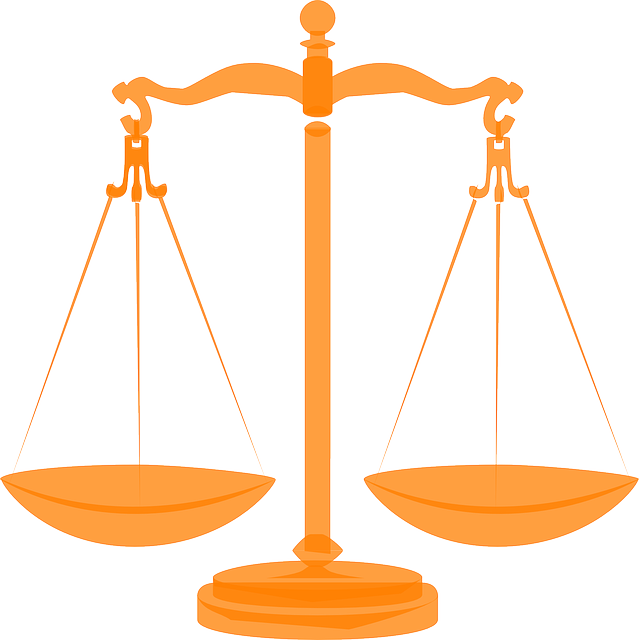The RF Securities Industry Regulation is a comprehensive framework designed to ensure fairness, transparency, and investor protection in financial markets. A crucial aspect of this regulation involves accurately calculating damages in personal injury cases related to securities fraud, with regulatory bodies demonstrating success in holding wrongdoers accountable through thorough analysis. Changes in circumstances, including health conditions, may prompt new ways of addressing emerging challenges, emphasizing the importance of individual advocacy and compliance with evolving regulations. Understanding how damage calculations impact investment strategies is vital for investors navigating complex regulatory environments, especially within the RF Securities industry, to safeguard their financial future and business interests.
“The RF Securities Industry, a cornerstone of global finance, operates under stringent regulations designed to safeguard investors. This article offers a comprehensive exploration of RF Securities Industry Regulation, delving into key aspects such as calculating damages in personal injury cases and navigating regulatory compliance. Understanding these elements is vital for both industry participants and investors, ensuring secure and ethical practices within the dynamic market. With a focus on legal frameworks and best practices, this guide provides essential insights into managing risks and securing investments.”
- Understanding RF Securities Industry Regulation: A Comprehensive Overview
- Calculating Damages in Personal Injury Cases: Legal Framework and Considerations
- Navigating Regulatory Compliance: Best Practices for Securing Investments
Understanding RF Securities Industry Regulation: A Comprehensive Overview

The RF Securities Industry Regulation is a complex framework designed to ensure fairness, transparency, and protection in financial markets. This regulation encompasses a wide range of policies aimed at mitigating risks, promoting ethical conduct, and safeguarding investors’ interests. At its core, understanding these regulations involves grasping the intricate balance between enabling market growth and maintaining integrity. The industry faces constant evolution, requiring regulators to adapt and implement innovative solutions, especially when addressing emerging trends in digital trading.
A crucial aspect of this regulatory landscape is the process of calculating damages in personal injury cases related to securities fraud. With an unprecedented track record of successful prosecutions, regulatory bodies have been achieving extraordinary results in holding accountable those who violate these laws. This involves meticulous analysis and a comprehensive understanding of financial markets, ensuring that the complete dismissal of all charges is based on solid evidence and a thorough examination of each case’s unique circumstances.
Calculating Damages in Personal Injury Cases: Legal Framework and Considerations

Calculating damages in personal injury cases is a complex process that requires a robust legal framework and careful consideration. The primary goal is to ensure victims receive fair compensation for their injuries, losses, and suffering. In many jurisdictions, this involves assessing medical expenses, lost wages, pain and suffering, and other relevant factors. The legal framework provides guidelines on admissible evidence, expert testimony, and methodologies for valuing non-monetary damages.
When it comes to white collar defense and winning challenging defense verdicts, understanding the nuances of calculating damages is crucial. Skilled attorneys leverage their knowledge of both law and advocacy to present compelling arguments on behalf of their clients. By meticulously gathering evidence, disputing opposing claims, and employing strategic legal tactics, they aim to secure favorable outcomes in even the most complex personal injury cases.
Navigating Regulatory Compliance: Best Practices for Securing Investments

Navigating complex regulatory landscapes is an art every investor must master to secure their financial future. In the RF Securities industry, compliance with evolving regulations is paramount. Best practices involve staying informed about changes in legislation and adapting strategies accordingly. This proactive approach ensures that all activities, from initial consultations to post-investment support, adhere to legal standards. By understanding the intricacies of regulatory requirements, investors can mitigate risks effectively, including potential penalties or legal repercussions.
One crucial aspect often intertwined with these regulations is calculating damages in personal injury cases, which can impact investment strategies. As these cases progress through all stages of the investigative and enforcement process, from pre-trial negotiations to jury trials, a thorough understanding of legal frameworks becomes essential. This knowledge enables investors to navigate not only regulatory compliance but also potential financial implications, ensuring their respective business interests are protected throughout.
The regulation of the securities industry is a complex landscape, especially within the realm of radio frequency (RF) transactions. As this article has explored, understanding regulatory compliance is crucial for investors and businesses alike. When it comes to personal injury cases, calculating damages involves intricate legal considerations, requiring a thorough application of established frameworks. Furthermore, securing investments through best practices ensures not only adherence to regulations but also protects the interests of all stakeholders. By implementing these strategies, individuals and entities can navigate this complex environment, fostering a more robust and secure financial ecosystem.






